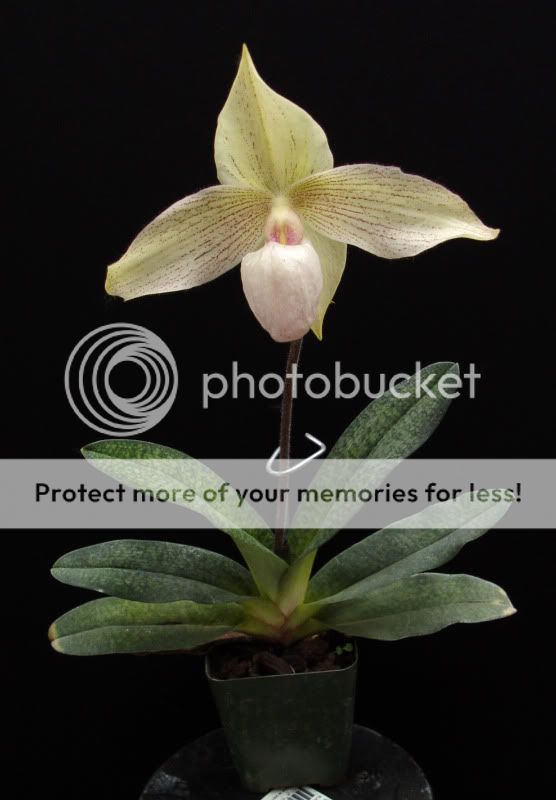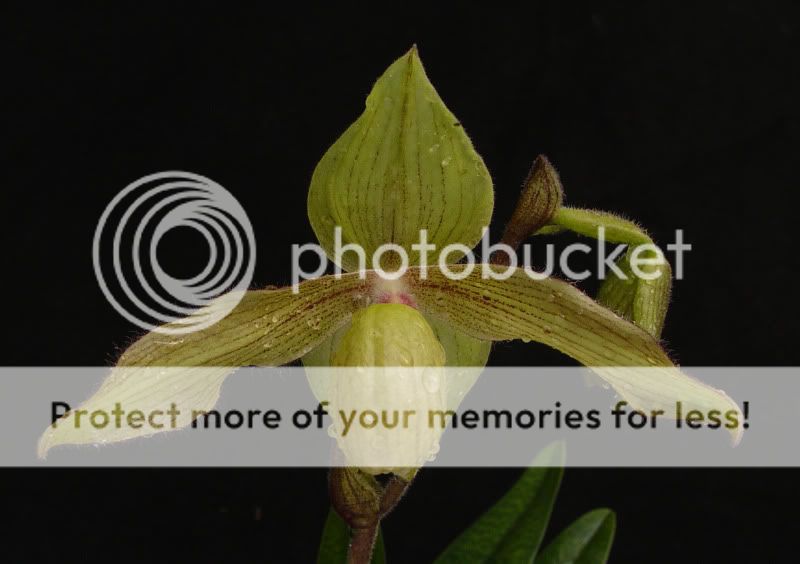D
Drorchid
Guest
Another Paph. Nicholle Tower (rothschildianum x Lynleigh Koopowitz) is in Bloom. This time the flowers are a pastel yellow to pink in color.


This has proven to be a very variable cross; especially when it comes to the flower color. Here are 2 pictures of other seedlings that bloomed previously:


Robert


This has proven to be a very variable cross; especially when it comes to the flower color. Here are 2 pictures of other seedlings that bloomed previously:


Robert







































